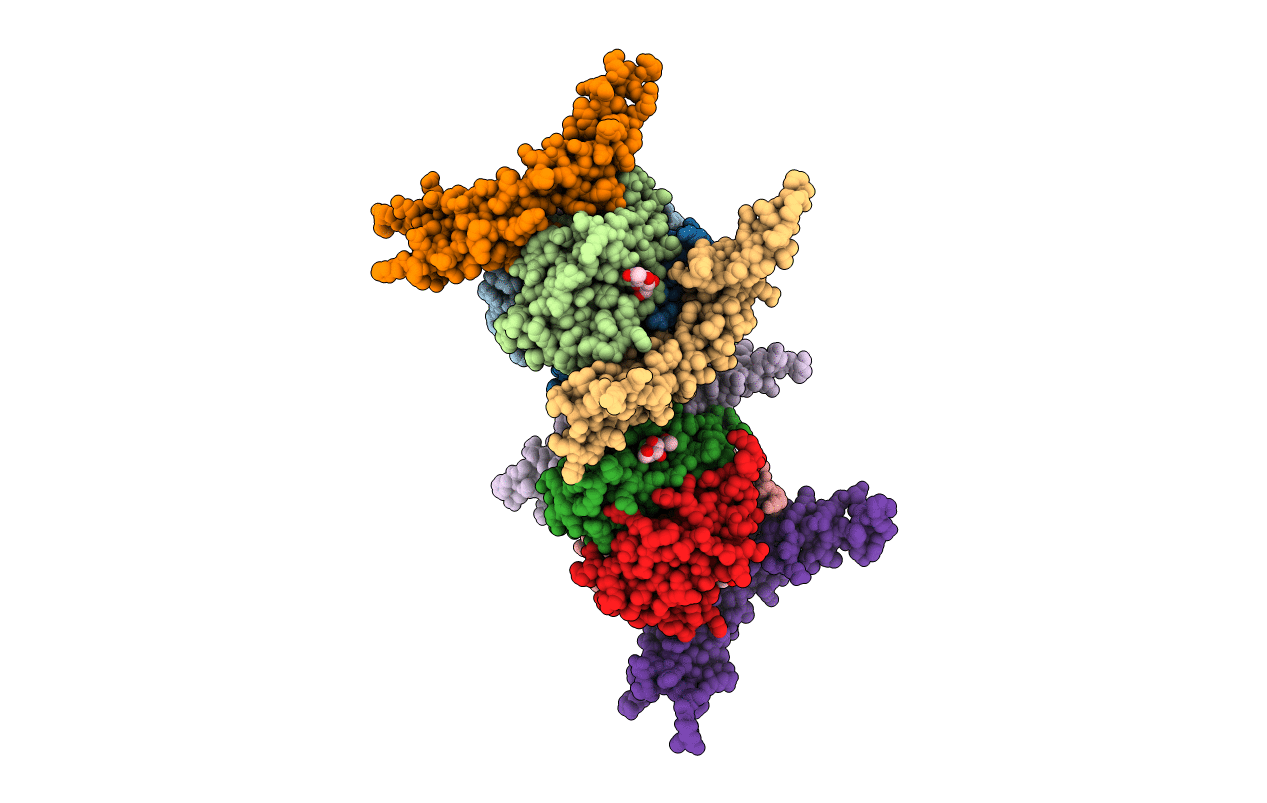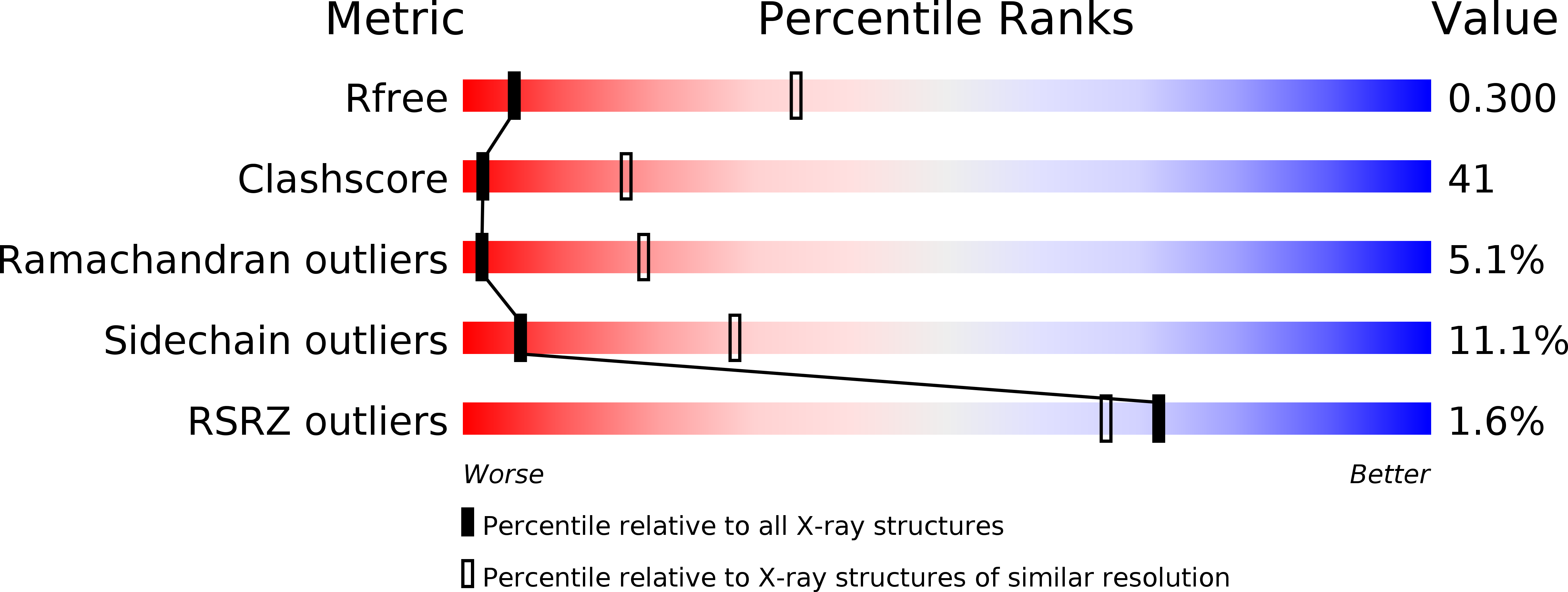
Deposition Date
2011-01-18
Release Date
2011-02-02
Last Version Date
2024-10-30
Entry Detail
PDB ID:
3QD6
Keywords:
Title:
Crystal structure of the CD40 and CD154 (CD40L) complex
Biological Source:
Source Organism:
Homo sapiens (Taxon ID: 9606)
Host Organism:
Method Details:
Experimental Method:
Resolution:
3.50 Å
R-Value Free:
0.29
R-Value Work:
0.24
R-Value Observed:
0.24
Space Group:
P 65


